Read Brian McGrath’s reflection.
Does architecture have a “color”?
by Steward Pickett
The history of building and space is richer than we usually think. So are the visions of a less racist future, motivated in part by many Black voices and gazes. Reconstruction in America worked briefly in the past, ending not in failure but in its active repression. Reconstructions is a beautiful, evocative, and painful call for us all to nurture the racially regenerative possibility of space and building.
Does architecture have a “color”? In the United States, the answer seems to be yes. Architecture in the U.S. has been practiced largely by and for white people. Indeed, Glenn Lowry, Director of the Museum of Modern Art (MoMA) in New York City said, “American government and industry were made by design to delimit and ultimately diminish the role and presence of African Americans and African diasporic communities.” In the field of architecture, MoMA has come to recognize its contribution to such diminishment in how it had represented architecture in its collections. It began to remedy the lapse through a recently ended exhibition called “Reconstructions: Architecture and Blackness in America”. The exhibit explored how architecture — the design of buildings and the disposition of space — has been used as a tool of diminishment of Black communities, and how those communities and architects of color resisted and compensated for that diminishment. An eponymously titled book, edited by Sean Anderson and Mabel O. Wilson, was published by the museum this year to draw together historical, cultural, and critical themes to document the exhibition and make its insights more widely available[i].
MoMA, like most institutions in “the West”, has promulgated a white or Eurocentric view of its subject matter. In its hands, the roots of contemporary architecture were traced through the fashions, philosophies, and practices of Europe. Indeed, MoMA’s first architectural exhibition in 1932 was intended to promote the “international school” of modernism in American architectural circles and among the decision-making elite of American society. In this sort of universalist theory, there was no room for any other history, especially not the history of what is perhaps America’s least honored racialized group — Black folk.
This book explores diverse threads of Black thought and action that contribute to America’s architectural legacy and ongoing development. The project is named “Reconstructions” to recall the woefully brief historical period of racial democratization following America’s Civil War. After the end of that war in 1865, and extending to 1877, Blacks enjoyed a flowering of civic engagement, enfranchisement (for men, but alas, not women), and political power. Some historians suggest that the three constitutional amendments passed during Reconstruction (XIII outlawed slavery, XIV enshrined birthright citizenship and equal protection, and XV guaranteed voting rights), corrected some of the most serious lapses of the 1788 Constitution, and so can be seen as a “second founding” of the republic. However, in 1877, Federal troops were withdrawn from the territory of the defeated rebellious states, and the political and social gains Blacks had won were snatched back by vigilantism, reinstitution of racially discriminatory state and local laws, and a culture of racial exclusion enforced by unchecked violence. The historical period of Reconstruction, although it was not allowed to continue, was a period of release from oppression and an emergent anti-racist opportunity.


Now, nearly 150 years later, the book Reconstructions points to contemporary anti-racist opportunities. It is an edited collection of historical analyses, illustrated essays, art, architectural plans, reflections on the intersection of different dimensions of oppression, examples of vernacular buildings and high design, photography, reminiscences, and dreams of aspiration. It does not flinch in the potentially judgmental gaze of whiteness. Rather, this book reflects honestly on the history of racial oppression in the United States. It notes how traditional architecture and planned spatial arrangements in the United States have dislocated and disadvantaged Blacks and other people of color. For example, ghettos are not accidents and the surveillance of Black spaces is not casual. Urban designer Justin Garrett Moore notes, “Space as a form of control and violence against the Black mind and body remains deeply ingrained…” (p. 155).
But the book has a hopeful message as well. If racism and its spatial and architectural manifestations were built or constructed, they can be unbuilt and replaced — reconstructed — with something more just and regenerative. Acclaimed landscape architect Walter Hood notes (p. 69) the need for a design in which “Blackness is a viable and vital presence[.] Why settle for the probable when we could instead imagine what is possible?”
The hopeful themes of the book include the power of resistance and the richness of creativity in Black culture. Many examples of the power of community are presented, along with the diverse ways in which Black people and institutions have forged nurturing spaces, both private and public. I was personally intrigued by the discussion of how the shotgun house, with its enfilade layout, can be a communal space. (Louisville, where I grew up, has the second most surviving shotgun houses in the United States, following New Orleans, which may well have been the “port of entry” of this Afro-Caribbean-inflected design.) The role of gardens and the many other ways that Black communities make “homeplaces” in the face of exclusion and intentional deprivation continue to be causes for hope.
One does not study racialized processes in the United States, nor see the constant drumbeat of the oppression, violence, and exclusion that racialized groups experience, with a light heart. But this book adds a range of voices and visions to the hopefulness of the social moment of 2020-2021. Reconstructions shows that the history of building and space is richer than we usually think. Racialized groups relegated to society’s margins have indeed made contributions to the form and conception of urban spaces. Black voices and gazes have helped establish and highlight visions of a less racist future for all persons, in the U.S. and elsewhere. Re-construction in America worked briefly in the past, showing us that in the era of Trayvon Martin, George Floyd, Breonna Taylor, et aliis in infinitum, it is possible to construct urban homeplaces for all people.
The history of Reconstruction after the Civil War is an encouragement to us today because it did not end in failure, as so many racist retellings have it; rather it was violently and intentionally repressed by white supremacy. Reconstructions is a beautiful, evocative, and painful call for us all to nurture the racially regenerative possibility of space and building. Opportunities for reconstruction today must be seized, but they must be carefully guarded and protected.
Steward Pickett
Poughkeepsie NY
[i] Anderson, S., and M. O. Wilson, editors. 2021. Reconstructions: Architecture and Blackness in America. Museum of Modern Art, New York. ISBN: 978-1-63345-114-8
* * *
Twin legacies
by Brian McGrath
The twin legacies of Baltimore Ecosystem Study and the Reconstructions exhibition allow us to think more fully about ecology, architecture, and blackness intertwined in un-disciplined ways. Black ecologists and architects teach us not to be limited by one’s discipline and, in the words of the creators of the MoMA exhibit, to enact a practice of refusal.
Does ecology have a “color”? Certainly, it is most commonly perceived as green. But, like architecture, it has a whiteness about it, as a discipline founded in Europe, tinged with racist eugenic ideas and predominately practiced by white people for white people. One of the rare exceptions is Black ecologist Steward Pickett and the collective work of the Baltimore Ecosystem Study (BES), which he co-founded and directed from 1997-2016. Dr. Pickett, the first African American to be president of the one-hundred-year-old Ecological Society of America, an organization that has recently formed the Black Ecologists Section. The BES was primarily conceived to benefit the people of Baltimore, a proudly black city, and, by example, to bring ecology and blackness as central to the discussion of the future of American cities facing the twin crises of climate and justice. But architecture and ecology are not really “things” which can have a color, nor only fields of practice. They are disciplines or dispositions in the sense that they are ways we can all look at the world more deeply through different lenses.
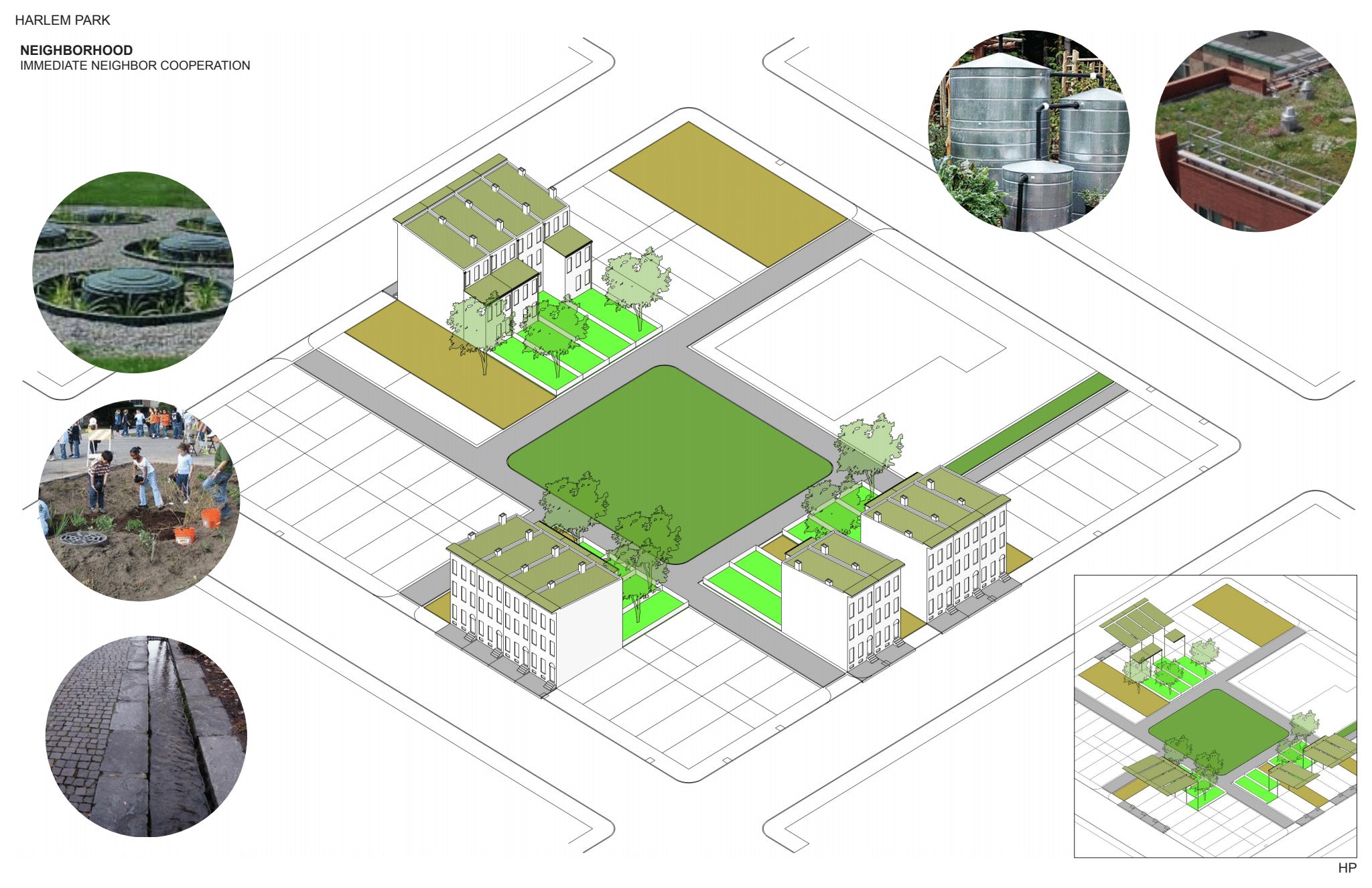
Dr. Pickett defines architecture as “the design of buildings and the disposition of space”, and, at the Cary Institute, has contributed to the evolving definition of ecology as the scientific study of the processes influencing the distribution and abundance of organisms, the interactions among and between organisms and the transformation and flux of information, energy, and matter. The Design and disposition of building and space within an environment, comprised of the dynamic field of organisms, lays out a rich definitional matrix for an expanded understanding of architecture. The question is who is controlling the transformation and flows? This is where the importance of racial justice links architecture, ecology, and blackness. Since the 1960s, ecology has helped architecture overcome its history of social inequity and environmental destruction by its broad science of not just examining “things” (organisms and environments), but their relationships.
I had the great pleasure of visiting the exhibition Reconstructions: Architecture and Blackness in America on the last day of its short run at New York’s Museum of Modern Art (MoMA). Museum exhibitions are embodied experiences, and nothing can capture the sense of excitement and joy in spending a few hours in the space created by the curators, Sean Anderson and Mabel O. Wilson, and the work of ten commissioned architects: Emanuel Admassu, Germane Barnes, Sekou Cooke, J. Yolande Daniels, Felecia Davis, Mario Gooden, Walter J. Hood, Olalekan Jeyifous, V. Mitch McEwen, and Amanda Williams. The texts, drawings, videos, and physical artifacts in the limited space of the architecture and design gallery at MoMA conveyed the sense of joyfulness that Dr. Pickett captures in his review of the book that accompanied the exhibition. I cannot write a review here of the individual works, but it is worth mentioning the collective impact of the exhibitors’ “manifesting statement” hung at the entry to the gallery, and the curator’s map at the rear.
The exhibitors formed the Black Reconstruction Collective (BRC) during early planning discussions for the exhibition, unusual in curatorial processes, where discussions are normally only between the exhibitor and the curators, who answer to the museum directors. BRCs first public action was the covering of the name of MoMA’s architecture and design gallery donor — a Nazi sympathizer with a white nationalist background — with their manifesting statement. “With this commitment to Black freedom and futurity, we dedicate ourselves to doing the work of designing another world that is possible, here, where we are, with and for us.” The map at the rear of the gallery indicated the cities represented by the works of the collective exhibitors, but also indicated “All-Black” towns, “Freedmen’s” towns, and “Freedom Colonies” across the U.S. The manifesto and map together framed my experience of the gallery as if walking and exploring the most fantastic representation of the American city I had ever experienced.
The twin legacies of BES and the Reconstructions exhibition allow us to think more fully about ecology, architecture, and blackness intertwined in un-disciplined ways. Black ecologists and architects teach us not to be limited by one’s discipline and, in the words of BRC, to enact a practice of refusal. As a recent ESA “water cooler chat” revealed, there is a new generation of black ecologists in the field and an exhibition on Blackness in Ecology would be a worthy endeavor for MoMA in light of the recent $10m gift from Emilio Ambasz to establish the Institute for the Joint Study of the Built and the Natural Environment. The mission of the new institute is to explore the relationship between architecture and ecology. What better way to serve the mission of the Institute in “… fostering dialogue, promoting conversation, and facilitating research around the relationship between the built and natural environment, with the aim of making the interaction between architecture and ecology visible and accessible to the wider public” than to have black architects and ecologists take the lead.
Brian McGrath
New York City
about the writer
Brian McGrath
Brian McGrath is Professor of Urban Design at Parsons School of Design at The New School and Associate Director of the Tishman Center for Environment and Design where he leads the Infrastructure, Design and Justice Lab. The focus of his work is the architecture of urban adaptation and change from social justice and ecological resilience perspectives.


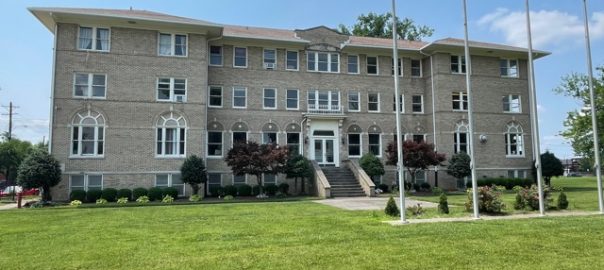
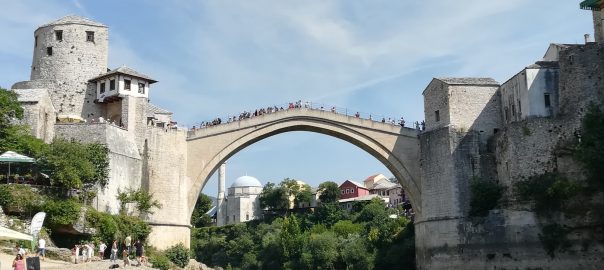

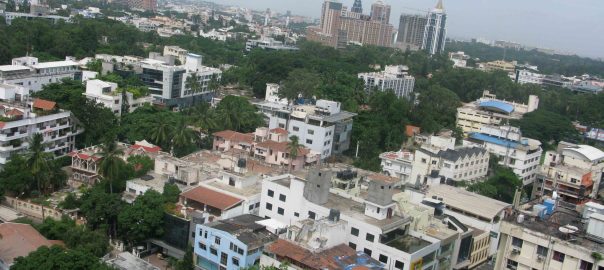
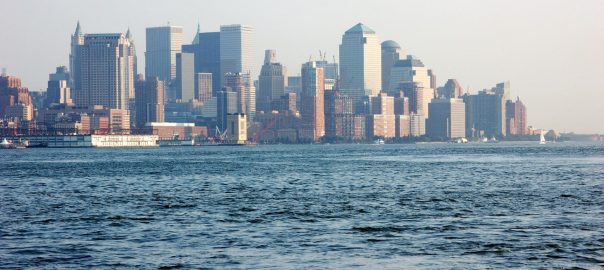
Leave a Reply